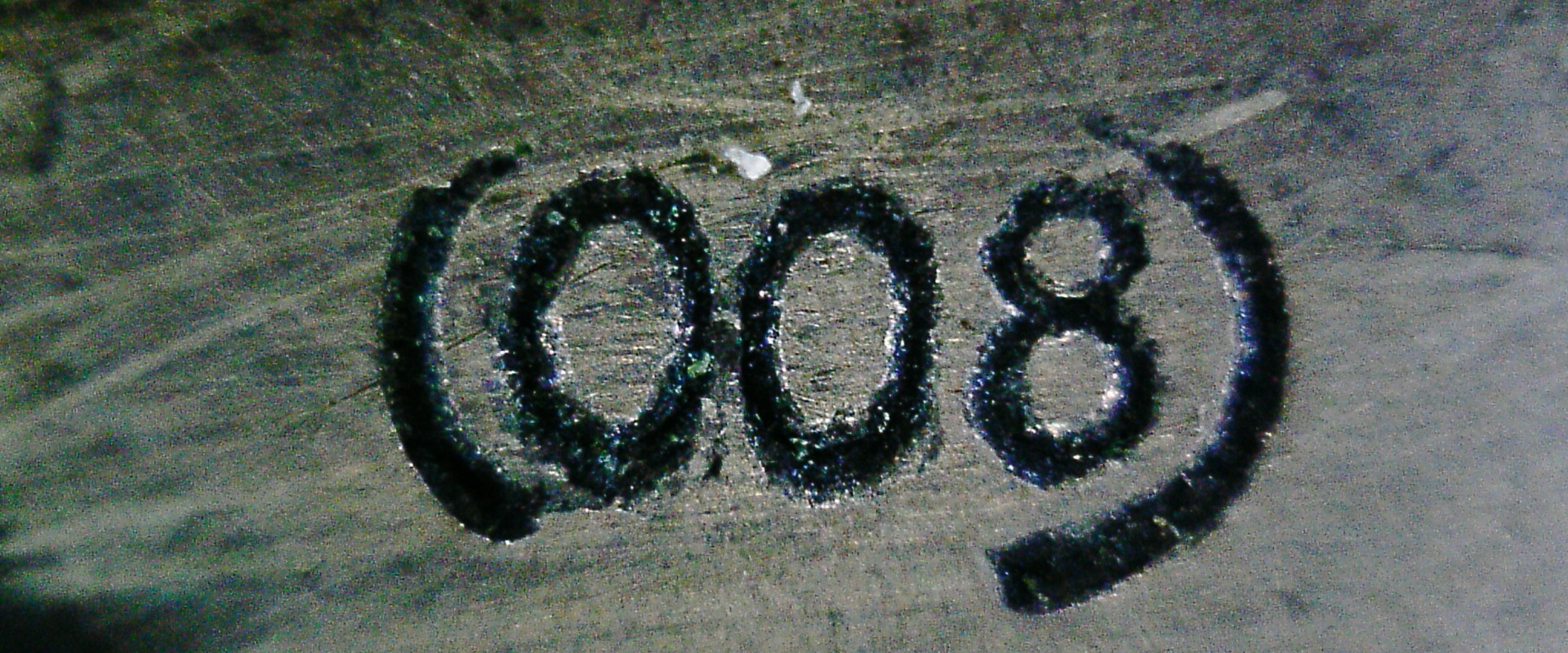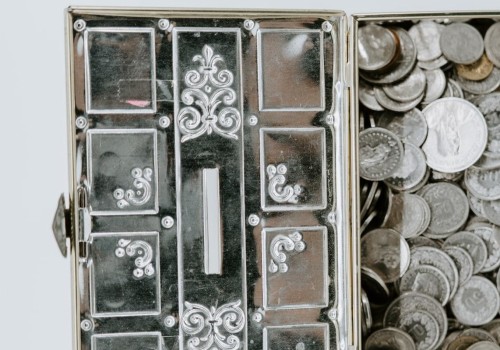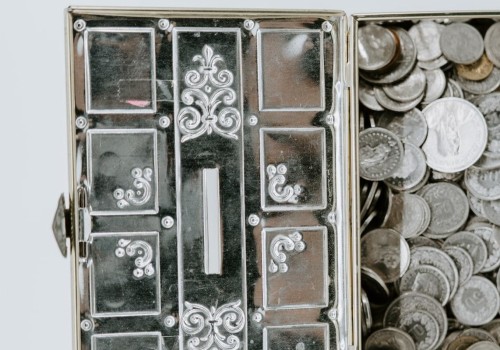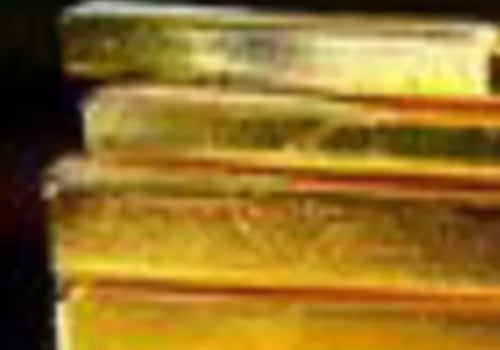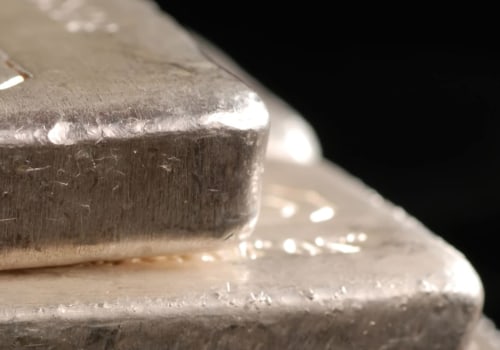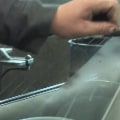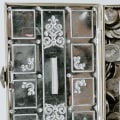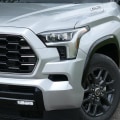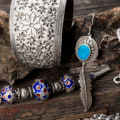Sterling silver is 99.9% pure silver, making it beautiful and minimally prone to tarnishing. However, it is too soft and malleable for many uses, including the manufacture of most silver jewelry. Although silver is used in many items that surround us, including jewelry and a variety of antiques, there are several different types of silver. It is important to understand the value and convenience of jewelry and antiques by learning about other alloys.
There are many types of silver available on the market. Consumers should be aware that the silver used in jewelry is generally an alloy, meaning it is a mixture of two or more elements from the periodic table. Other metallic elements are alloyed with silver for various reasons. Additionally, there will be a hallmark somewhere on the piece of finished silver jewelry, which is the best way to identify quality.
Fake brands exist, but they are relatively rare. These small brands can only be read with magnification. Objects or jewelry items must be stamped only when a surface is available, so although they are quality alloys, small findings and components are often not marked. The British pound is the quality standard for joys in the United States and other international markets.
This is a 92.5 percent silver alloy, with the additional 7.5% being copper, but there may also be other metals such as nickel. The rest of the metals in the alloy increase hardness to make the composite more durable and add color and shine enjoyed by customers. We know about sterling silver the most and it is the most common type in the U. S.
UU. It's bright and bright, but it's going to break. With easily accessible polishing products, tarnish is easy to clean. Sterling silver, still soft and composed of other metals, is harder than sterling silver.
The silver chain and the small metals in fine sterling silver can be tightened or stretched. Similarly, when struck, jewelry is scratched or dented. Sterling silver can be welded, formed and cured repeatedly. The market is relatively new in alloys that do not tarnish. Argentium is a unique brand, but other brands are similar.
These alloys contain at least 92.5 percent silver, although few are slightly sophisticated in silver. The rest is copper and the element germanium is applied. Germanium increases the strength of the alloy and tarnishes it more. In the United States, coin silver was once again a standard alloy; however, it is now very unusual and its name isn't well understood.
The technical silver alloy for coins consists of 900 or 90% silver or 10% copper; its name comes from being made from scrap metal coins that were made of precious metals at the time it was given its name. Monetary coins in our country are not silver and are made of cheaper, more natural base metals; some investment coins have a higher silver content with a quality mark and usually come with certificates of authenticity. Still on the market are 900 quality prints for silver jewelry with coins up to par. The term 'silver fillers' is used as a descriptor of color in the market, particularly in style; however, in the jewelry trade items must be identified as a specific standard quality or else its silver alloy would be too high. Jewelry manufacturers and manufacturers are legally required to seal or label finished products with qualitative designations if space permits. It is a new metallic layer that has been added to the recent growth in silver prices in the recession; it is not an alloy because it does not have the same metal content in the material; sterling silver on the other hand is all in the ground; gold is 5 or 10 percent sterling silver filled with heat and stress in the center of the metal. The metal is very new and not uniform in the US. UU.; Silver fillers cannot be molded because it is a layered product; its thicker layer of silver is also much smaller than solid silver jewelry and alloys on its surface; only specific equipment and special training apply for tarnishing and welding since silver prices fell from previous highs. For silver fillers at this time there are no legally approved quality standards; however some people use 'Tibetan Silver' which has a very thin layer of silver on its surface; even when jewelry is defined as plated with fine silver its total content of silver is a small fraction of one percent. Silver Joys are affordable costume jewelry; their base metal placement tarnishes and wears out; jewels are not marked by their quality but by their manufacturer's logo or feature which will wear them out. Nickel Silver has many other names such as 'silver' or 'silver alpaca'; it should be explicitly defined as a nickel alloy for jewelry since many people suffer from nickel allergies; we also recommend selling nickel silver to customers who use 'nickel silver' as 'base metal'; there are many different contents of alloys and many of them do not contain any silver.
